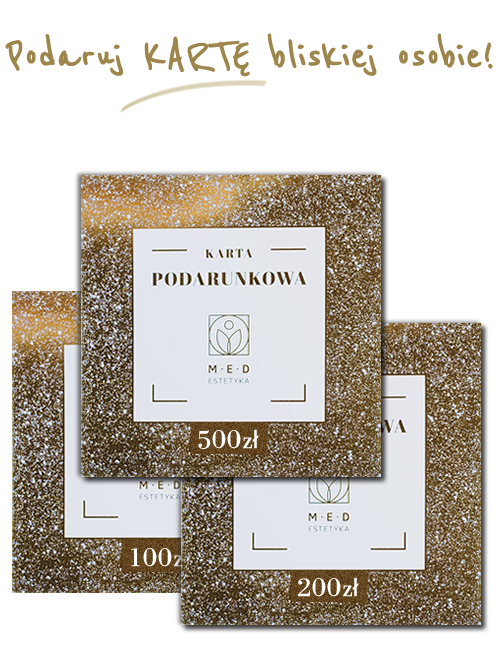DPA-Dx pediatric panel
Material: Blood
Price of the study: PLN 170.00
Waiting time: result after 5 working days
Booking:
Price of the study: PLN 170.00
Waiting time: result after 5 working days
Booking:
- Check, the hours of operation of the collection center and where booking an appointment is required.
Preparation for the study
General
- The test material is blood.
- The patient does not need to be fasting.About 30 minutes before the test it is advisable to drink a glass of water.
Description
The test is performed by a method to determine the
profile of a patient's sensitization at the molecular level, using purified
naturally or recombinant molecules (allergen components) instead of
allergen extracts.
The diagnostic allows for greater accuracy in allergy diagnosis and patient prognosis
and plays an important role in key aspects of allergy diagnosis:
1. Distinguishes between actual sensitization and symptoms caused by cross-reactivity in
multi-sensitized patients, thereby improving the diagnosis of actual
sensitizing allergens
2. Predicts, in selected cases, the risk of severe
systemic reactions or mild local reactions in food allergy,
reducing unnecessary anxiety for the patient
3. Qualifies patients and identifies actual allergen sensitizers for
introduction of appropriate specific immunotherapy
4.Allows monitoring of the development of tolerance to selected food allergens, prior to the introduction of dietary recommendations and elimination diets.
The panel includes the following allergen components:rBet v1 Birch (t215); nBos d4 Alpha-Lactalbumin ( f76); nBos d5 Beta-Lactoglobulin (f77); nBos d8 Casein (f78); nBos d Lactoferrin ( f334); nBos d6 BSA serum bovine albumin ( e204); nGal d2 Frualbumin ( f232); nGal d1 Ovomucoid ( f233); nGal d3 Konalbumin ( f323); nGal d4 Lysozyme ( f356); rAra h1 Peanut ( f422); rAra h2 Peanut ( f423); rAra h3 Peanut ( f424); rAra h9 Peanut ( f427); CCD
The test is performed to diagnose the presence of IgE antibodies against specific allergens.
profile of a patient's sensitization at the molecular level, using purified
naturally or recombinant molecules (allergen components) instead of
allergen extracts.
The diagnostic allows for greater accuracy in allergy diagnosis and patient prognosis
and plays an important role in key aspects of allergy diagnosis:
1. Distinguishes between actual sensitization and symptoms caused by cross-reactivity in
multi-sensitized patients, thereby improving the diagnosis of actual
sensitizing allergens
2. Predicts, in selected cases, the risk of severe
systemic reactions or mild local reactions in food allergy,
reducing unnecessary anxiety for the patient
3. Qualifies patients and identifies actual allergen sensitizers for
introduction of appropriate specific immunotherapy
4.Allows monitoring of the development of tolerance to selected food allergens, prior to the introduction of dietary recommendations and elimination diets.
The panel includes the following allergen components:rBet v1 Birch (t215); nBos d4 Alpha-Lactalbumin ( f76); nBos d5 Beta-Lactoglobulin (f77); nBos d8 Casein (f78); nBos d Lactoferrin ( f334); nBos d6 BSA serum bovine albumin ( e204); nGal d2 Frualbumin ( f232); nGal d1 Ovomucoid ( f233); nGal d3 Konalbumin ( f323); nGal d4 Lysozyme ( f356); rAra h1 Peanut ( f422); rAra h2 Peanut ( f423); rAra h3 Peanut ( f424); rAra h9 Peanut ( f427); CCD
The test is performed to diagnose the presence of IgE antibodies against specific allergens.
Development and preparation of material (applies to contractors only)
41
Molecular allergy, allergen components,Euroimmun allergen epitopes


